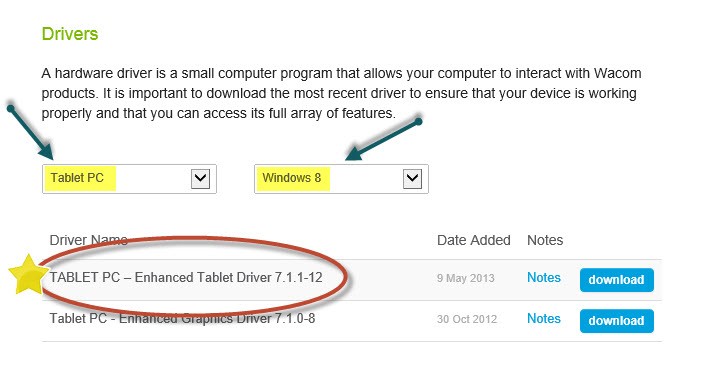Is ‘Enhanced Beta’ Too Much
Post on: 26 Апрель, 2015 No Comment

Recently launched ‘enhanced’ or ‘intelligent’ beta ETFs from Russell and PowerShares offer more ways to slice and dice U.S. equities. Is it too much of a good thing?
Conversation about funds like the Russell 1000 Low Volatility ETF (NYSEArca: LVOL) and the PowerShares S&P 500 High Beta Portfolio (NYSEArca: SPHB) can quickly devolve into questions about the soul of index investing.
Purists argue that investors should stick with “vanilla” funds that select and weight stocks based solely on the size of issuing companies as measured by market capitalization.
Purists also say the efficient market can’t be beat, that cheap and effective access to the efficient market is the ETF’s raison d’être, and that active investing is a loser’s game doomed to fail under the weight of its hefty fees.
I don’t disagree with any of this, but I also believe there’s room in the tent for other ideas.
In a world where ETFs offer exposure to increasingly exotic and granular investment—VIX futures term structure, swaps on China A shares, rare earth metals, to name a few—a fresh take on U.S equities hardly rates as an existential threat to investor interests.
LVOL and SPHB and their kind differ from the herd by virtue of their stock-selection methods. They use beta and volatility to pick stocks.
The beta funds look at the relationship of the fund’s returns to those of the broad equity market. The volatility funds consider price variability from an absolute standpoint. High beta and high volatility translate to higher risk and vice versa.
In contrast, vanilla equity funds deliver the market in large-, medium- and small-cap baskets. But why should the purists need different baskets at all? Doesn’t a total market fund effectively deliver all of the market-cap buckets in exactly the right proportions?
The minute you move away from a total market fund and allocate to large, medium and small buckets, you’re probably veering away from pure market exposure. Put another way, small-cap funds occupy about 10 percent of the market, so any equity allocation away from 10 percent small-cap adds risk.
Investors have good reason to vary risk exposures based on their needs. But picking funds based on market cap or style vectors like growth and value seems a roundabout way of getting at what you need.
Allocation models often specify risk using beta and volatility, then use these values to set the market-cap and growth parameters of the holdings. Funds like LVOL and SPHB aim to simplify matters by attempting to directly deliver what investors want.
The rub lies in getting it done. Funds using the “enhanced” beta approach face three huge hurdles.
The Russell 2000 High Volatility ETF (NYSEArca: SHVY) charges a hefty 0.69 percent. A 69 basis point hit on returns is a certainty, not a risk, and it stacks up poorly against the single-digit expense ratios of the giant vanilla funds like SPDR S&P 500 ETF (NYSEArca: SPY), which has a net expense ratio of 0.0945 percent.

LVOL weighs in at 0.49 percent. This price point seems to have found some traction with investors based on the nearly $45 million in assets it has gathered since its launch in May, when we outlined LVOL and other new Russell funds .
And, at 0.25 percent, the PowerShares S&P 500 Low Volatility Portfolio (NYSEArca: SPLV) leads all related funds in asset gathering, with $129.9 million under management as of July 21. By the way, SPHB also has an annual expense ratio of 0.25 percent.
Almost all funds rebalance, but those with exposures other than market cap face a bigger task when they do. Turnover costs money, and the funds we’re talking about here need to do more of it than the average market-cap ETF. High turnover is an underlying driver of the high expense ratios.
Model Risk And The Crystal Ball
I won’t delve into the methodology here, but each fund tries to deliver a portfolio with particular characteristics—high beta, low volatility, etc.
In this respect, they aim higher than market-cap funds, which merely sort by size, without an explicit performance goal of any kind. Any process that attempts to produce outcomes like these can fall flat on its face. Still, these funds aim at worthy goals, in my view.
My main point here is to argue that they have a right to compete in the marketplace. Their huge challenge lies in execution. Soon we’ll have a track record to see how they fare.














